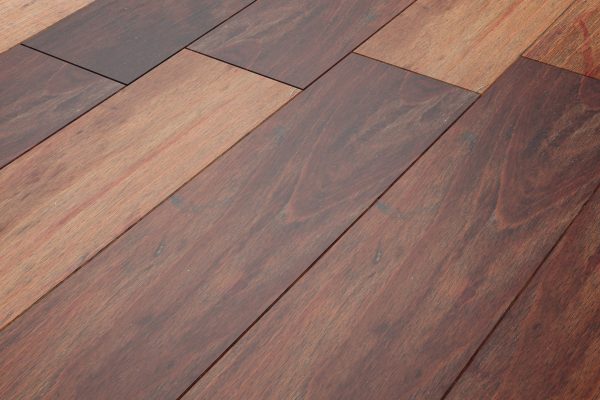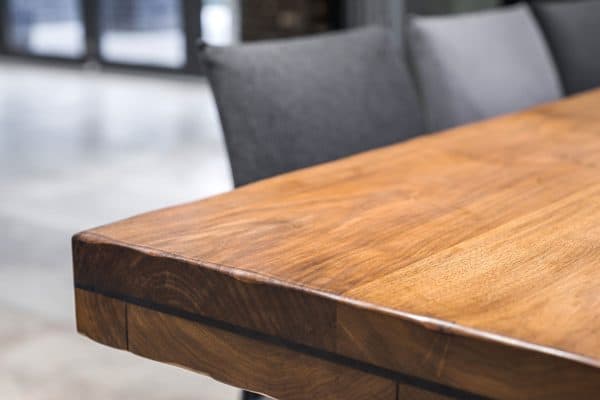Flooring is one of the most expensive investments in decorating the interior of a house. Tile and wood flooring look great together. These floor materials will have a big impact on the overall look of a house. If you have the right kind of wood floor for your space but still struggling to find the right tile match, don't worry! We have gathered information on what kind of tile goes well with wood floors.
Ceramic tile goes well with wood floors. You won't go wrong in choosing the right ceramic tile because of these features:
- Durability
- Low Maintenance
- Design
There are a lot of considerations when looking for ceramic tile. Wood flooring, like oak, is a versatile flooring material. This makes it easy to match your wood floor with the various ceramic tiles available on the market. Read further so we can help you make the best decision.
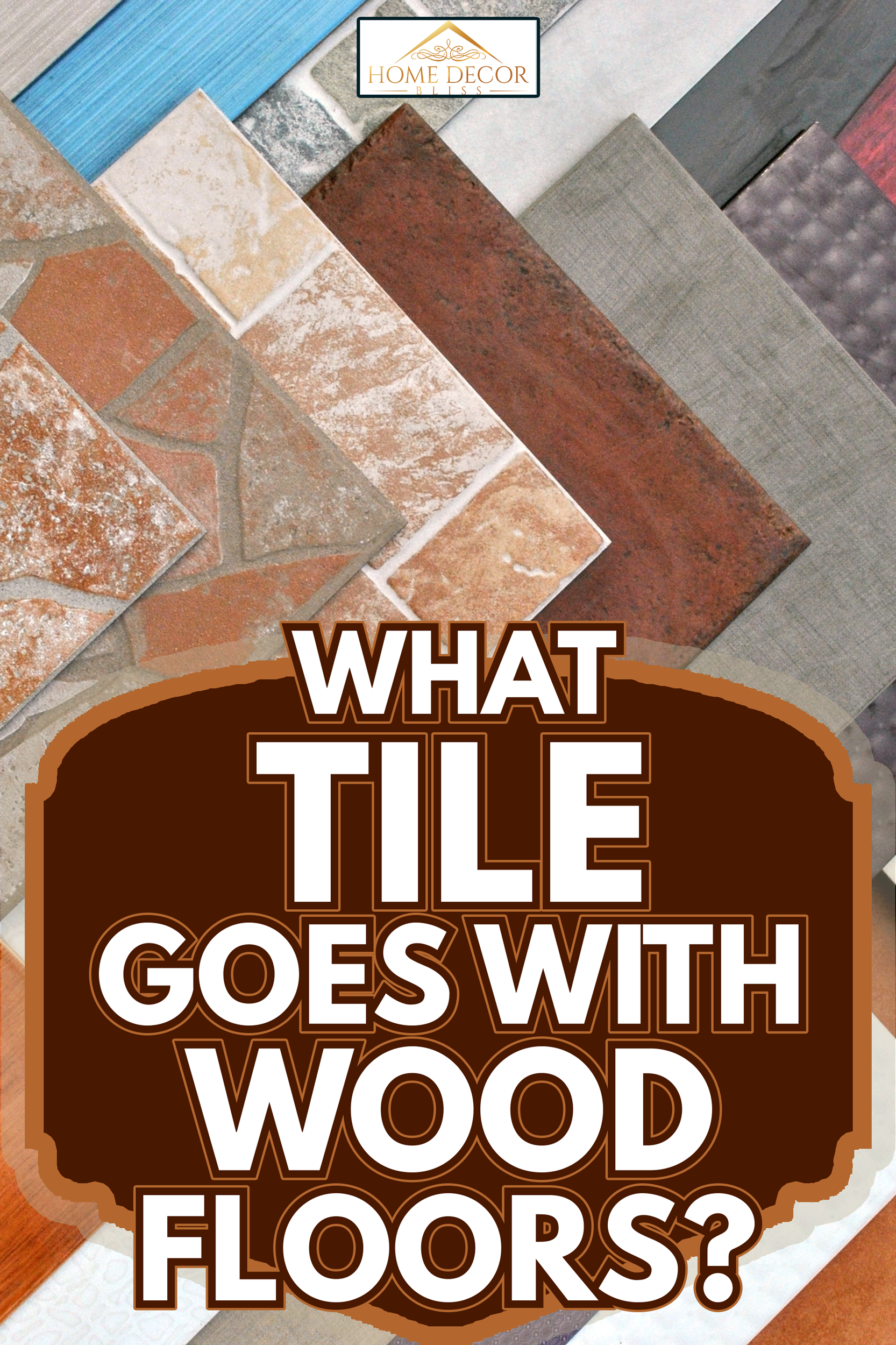
Why Ceramic Tile?
Ceramic tile is made from clay and is kiln-dried. Its hard solid surface will work in any area of your house. It is often used in high-traffic areas like the kitchen, bathroom, hallway, and mudroom.
Durability
According to the Tile Council of North America (TCNA), ceramic tile is a durable flooring option. It is heat, water, and stain-resistant. It is invulnerable to dents and scratches.
Damp areas like the bathroom and kitchen need flooring that does not absorb water. This makes ceramic tile an ideal flooring material for it holds moisture well.
Low Maintenance
New homeowners prefer low-maintenance flooring, especially in high foot traffic areas. Ceramic tile can be cleaned merely by sweeping and wiping with water.
Ceramic tile does not hold on to dust or dirt, making cleaning quick. Liquids and stains stay on the surface that can easily be mopped off.
Design
Ceramic tile is available in different colors and sizes. New technology allows tile makers to print patterns and designs on the surface. It can even look like natural wood or stone.
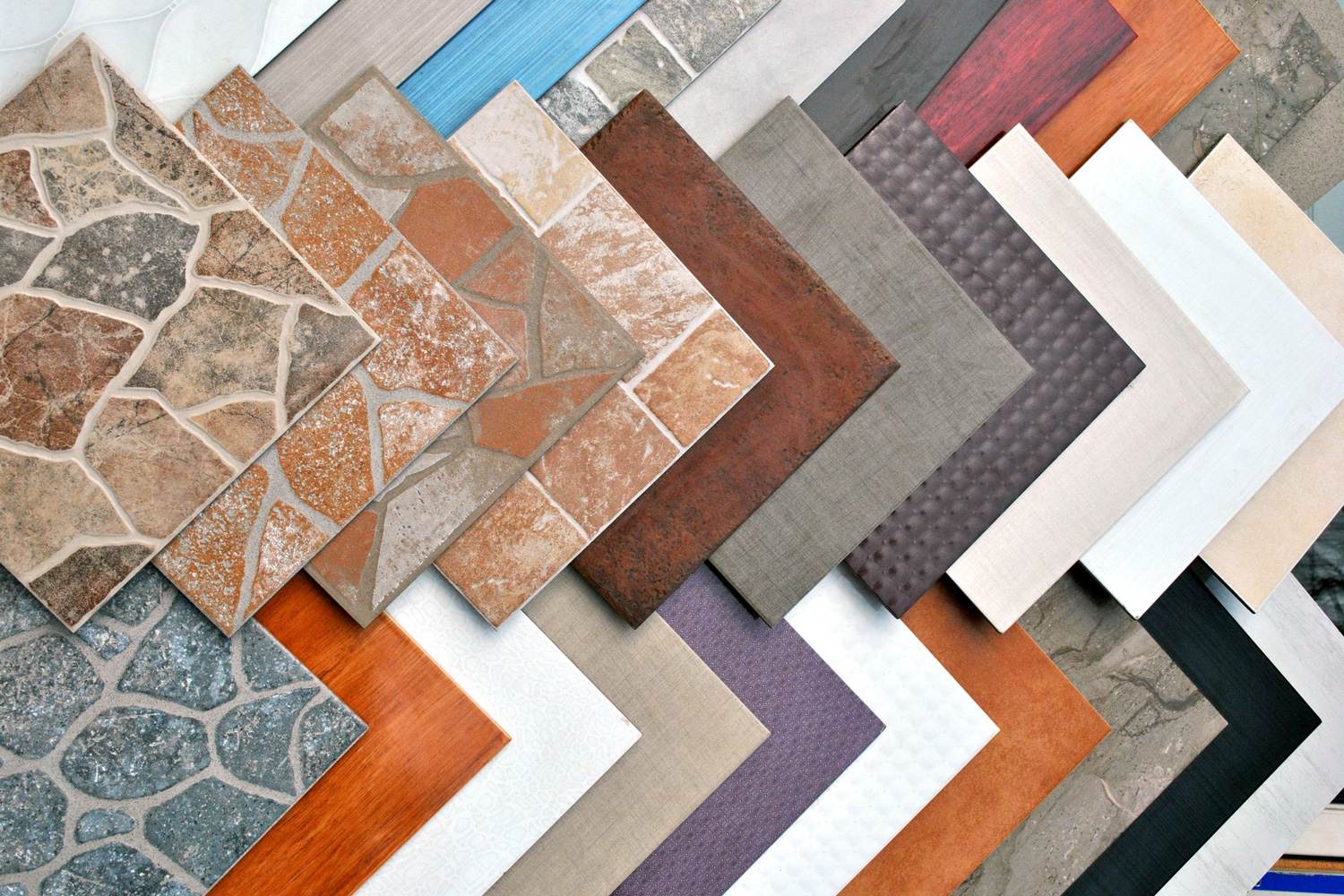
We may include affiliate links and curated AI content to highlight top design styles.
Drawbacks
A buyer has limitless choices with tiles for different house areas, although having this versatility can have drawbacks.
Comfort
The hardness of the ceramic tiles can be uncomfortable to stand on. The kitchen is an area where people have to stand for a long time. A carpet or soft rug can help make standing bearable.
Ceramic tiles are a good heat conductor. The heat is easily pulled from your feet when you walk on it, so the tile feels cold.
Safety
The hard surface of ceramic tile can be tough for kids and elders if they fall. Items that can fall and hit the floor can easily break also. Adding a carpet or area rug on a hard surface will help cushion the fall.
Avoid using polished tile. It may look sleek and modern, but it can cause slipping. It is not recommended for areas like the kitchen and bathroom. Water spills can make polished tiles more slippery.
Installation
Ceramic tile is a tricky material to install. Homeowners can do it themselves to save on costs. It is best to choose a tile that is easy to install. Patterns with a rough texture or odd shapes like a diamond can be challenging to set in place.
Installing tiles is labor extensive. The surface has to be prepared with a wood subfloor and a layer of cement backer. A cement adhesive is needed to attach the tile to the backer. Lastly, the gaps between tiles have to be filled with grout.
One can opt to hire a certified tile installer. They can do the job properly and quickly. This will add up though to the cost of the ceramic tile.
Matching Tile and Hardwood Floor
Interior design can affect the look and feel of a house. Part of this is the right choice of flooring that will go well with the space. It will not be easy to remove and change if it does not suit you.
Choosing the right tile that will go well with the hardwood floor requires careful planning. Consider the factors below before you buy ceramic tile that will match your wood floor.
Interior Design Style
Think of the appeal and aesthetic of the space. There are several interior design styles to choose from. Knowing the design style will help determine the materials that will work best in your space.
One can go for an industrial look with rough textures and dark colors. It will be clean and simple lines for a Scandinavian or minimalist look. For a more eclectic look, it will have bold and colorful materials. Go vintage for a romantic feel. Mid-century modern is more organic.
Color Palette
The color palette is a guide to knowing what colors work well together. It can narrow down the choices to a manageable number. Wood color swatches can be used as a reference. Bring this when looking for a ceramic tile. Matching the tile with your swatch will make it easy to see if both materials blend well.
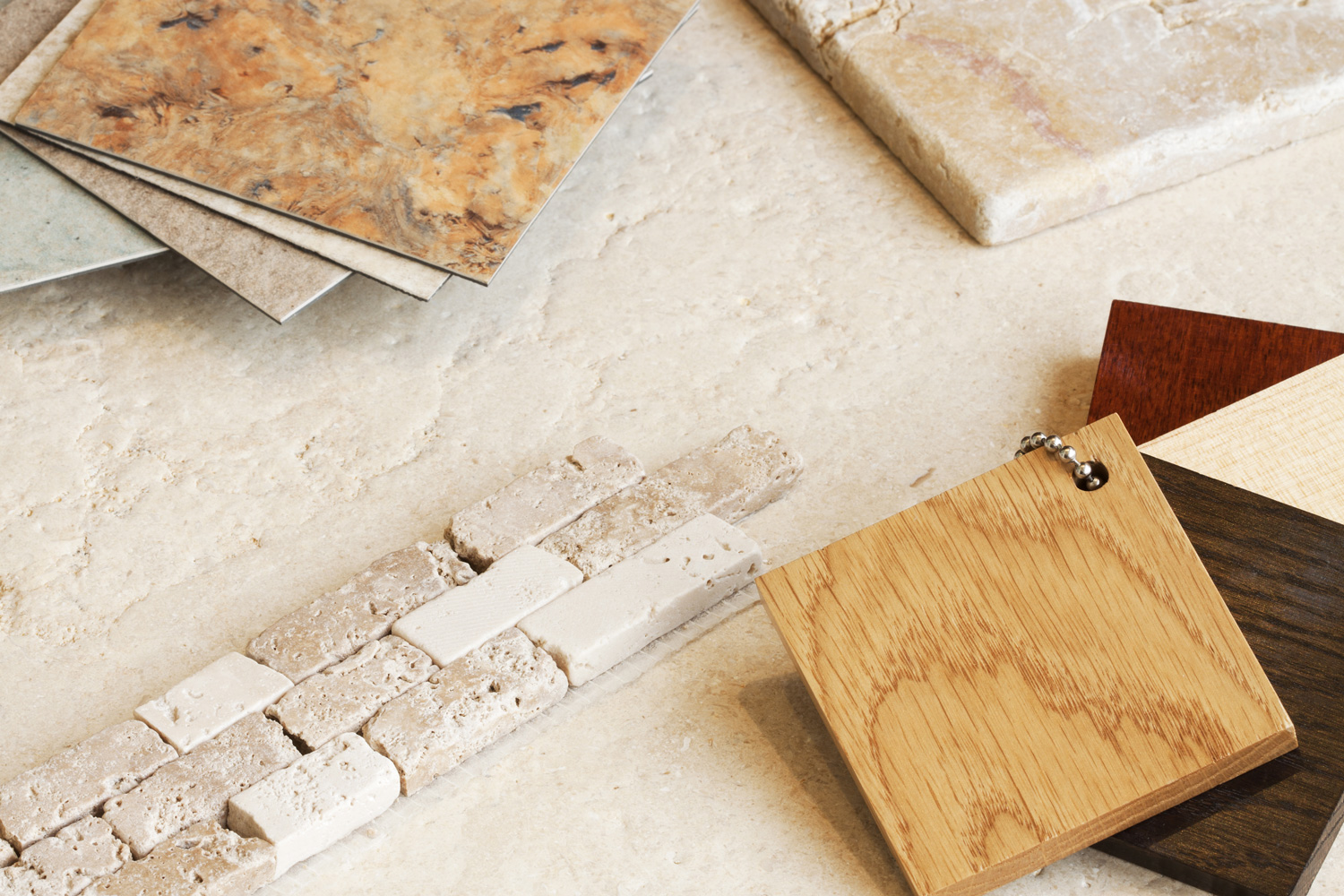
The link between the two materials is color. Ceramic tiles and wood floors do not have to be in the same color. The color of both materials should complement and not clash with each other.
Set the color palette before shopping for floor materials. For wood flooring like oak, go for neutral-colored tiles. Color choices can be grey, beige, taupe, and sand.
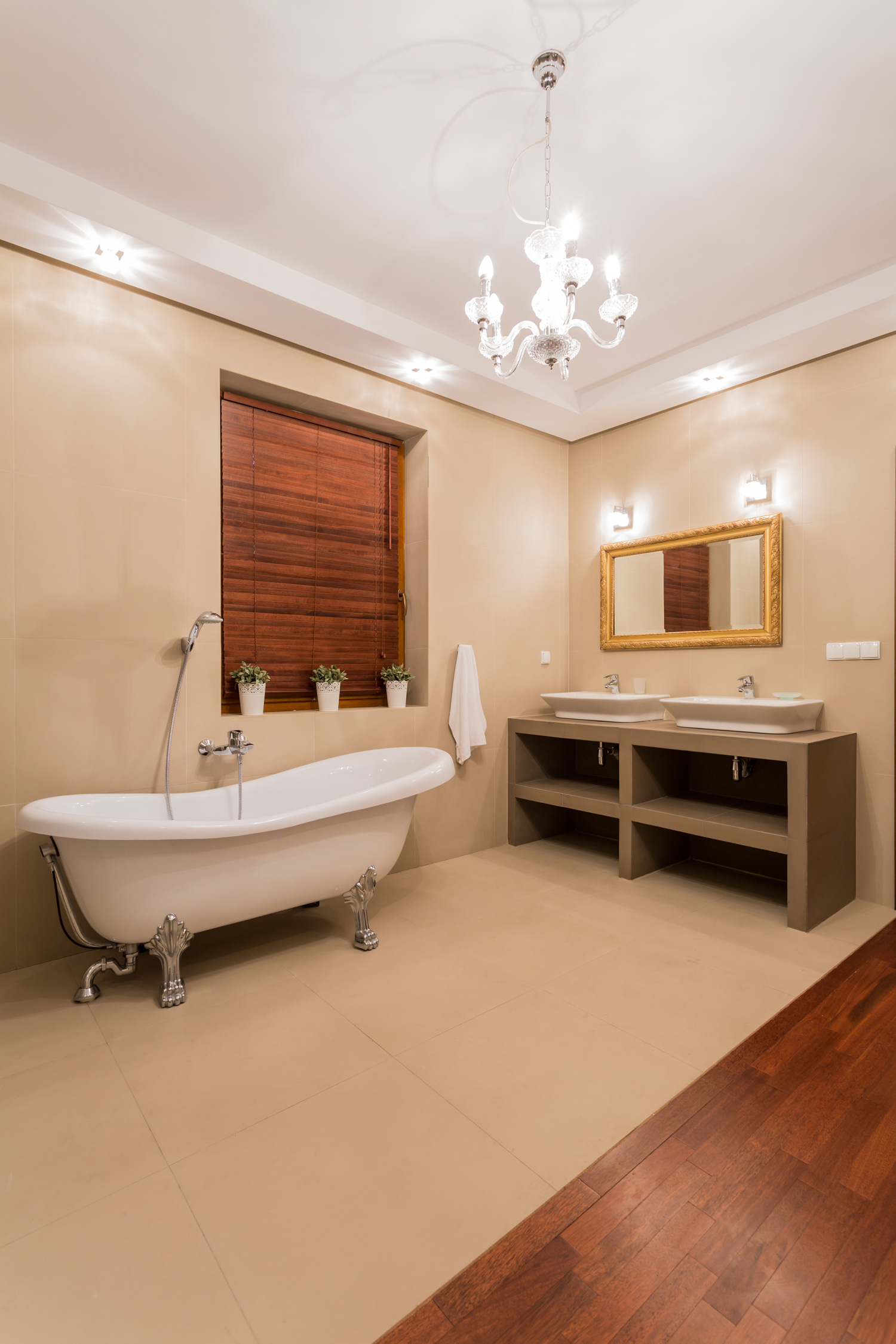
Mixing Tile and Wood Floor
The goal of mixing tile and wood floors is to have a stylish and elegant look. Too many variations can make a space look cluttered or messy. See for yourself the materials to check the colors and patterns that make a good match.
Color is the link to different materials. Stick to a color that matches the undertones of the wood floor. Dark stained wood should match with red undertone tiles. Light-stained oak will go well with tiles in the shade of browns and tans.
Having a monochromatic look is one way to mix tile and wood flooring. Floor materials can be of similar lighter tones but in different textures. The colors do not have to be exact as long as the tone or shade looks great when combined.
Avoid contrasting colors. Stark-colored wood floor with white tile can feel abrupt or out of place. The space should look put together with materials that meld into one another.
Rule of Three
The general rule is to limit to three different types of flooring or less from any one point of your house. Following the rule of three makes a space look less cluttered. It also gives an open and spacious feel to the house.
For an entrance hallway, you may opt for a sand-colored tile. The living room can have a light-colored oak wood floor. These are two different materials but work well together.
How do you transition from wood floor to tile?
There is no need to stick to one kind of flooring for the entire house. Mixing materials can create a dynamic effect. How do you transition from one material to the other?
The best way to transition is in between rooms to define spaces. A doorway can be a good breaking point between two floorings. The floor surface in this area may not be of the same level. A transition marker can be used to address the height difference.
A transition marker can be tile, wood, or even a metal strip. These materials can be designed creatively to define the transition from wood to the tile floor. This should be positioned not to look abrupt and out of place. Examples are mosaic tiles, wood inlay, geometric patterns, or a strip of wood or metal.
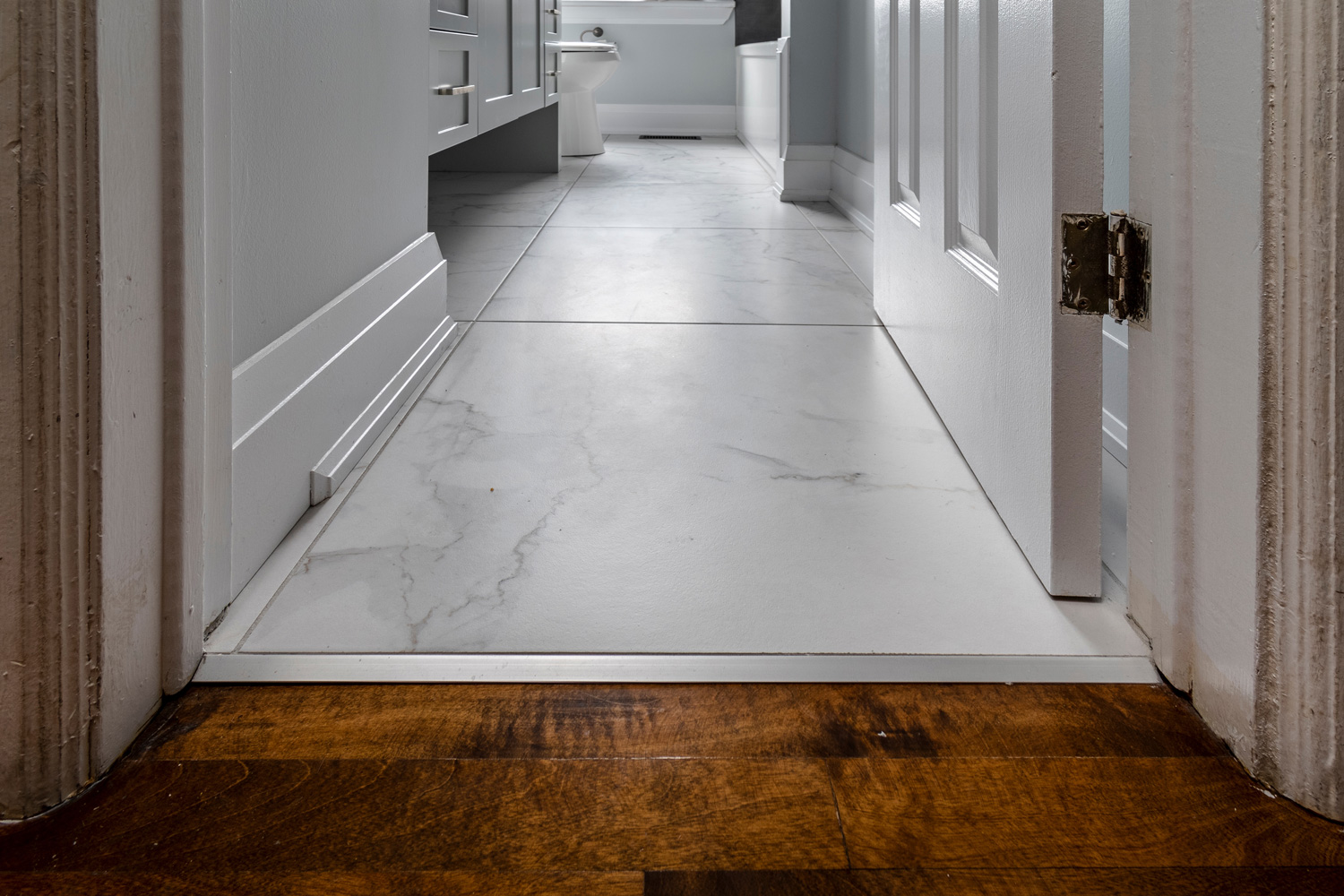
Another kind of transition marker is a transition strip. A PVC, stainless steel, or aluminum transition strip adds a clean look. It also can be used on flooring of different heights. This provides safety as it can minimize accidents like tripping on an uneven surface.
The choice of transition strips depends on the look of the space. Some are even made with adhesive making them easy to install.
Click here to see the floor transition strip on Amazon.
Should tile run in the same direction as hardwood?
Hardwood floors need to be installed in a certain direction. Visually, hardwood floors should always run away from the door or entryway. Structurally, it should run perpendicular to the floor joist to keep it together.
Ceramic tile, on the other hand, can go in any direction. Place hardwood plank to transition from the tile to the wood floor. Lay it perpendicularly if the hardwood row points toward the tile. If the row runs parallel, lay it in the same direction.
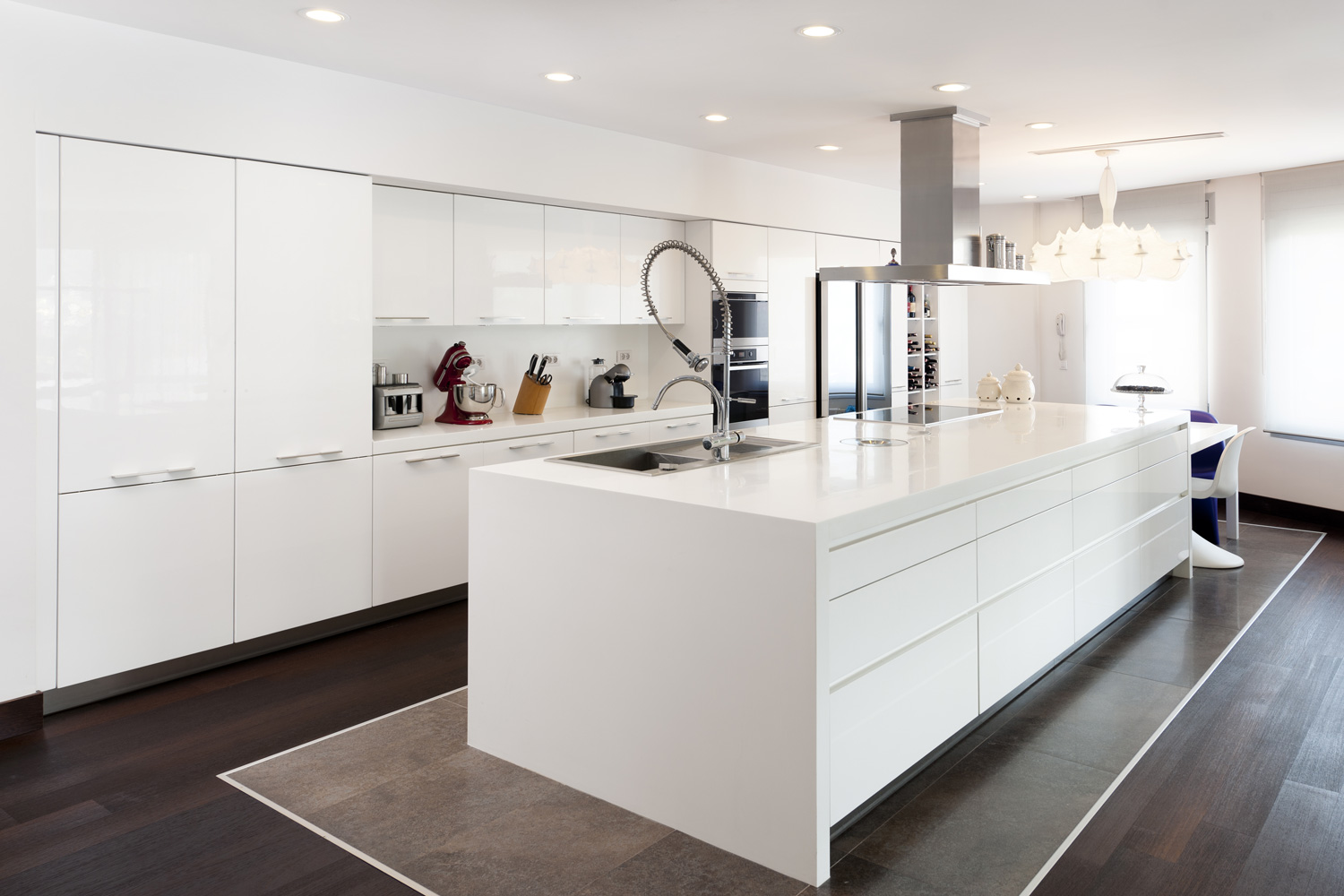
Takeaways
Hardwood flooring and ceramic tile are floor materials that complement well. Follow your design style and color palette to make the choices more fluid. There are countless options of style, colors, and texture to choose from. Find a good match of materials that can give each space a distinct personality.
For more information on tile and hardwood, check out these other posts:


